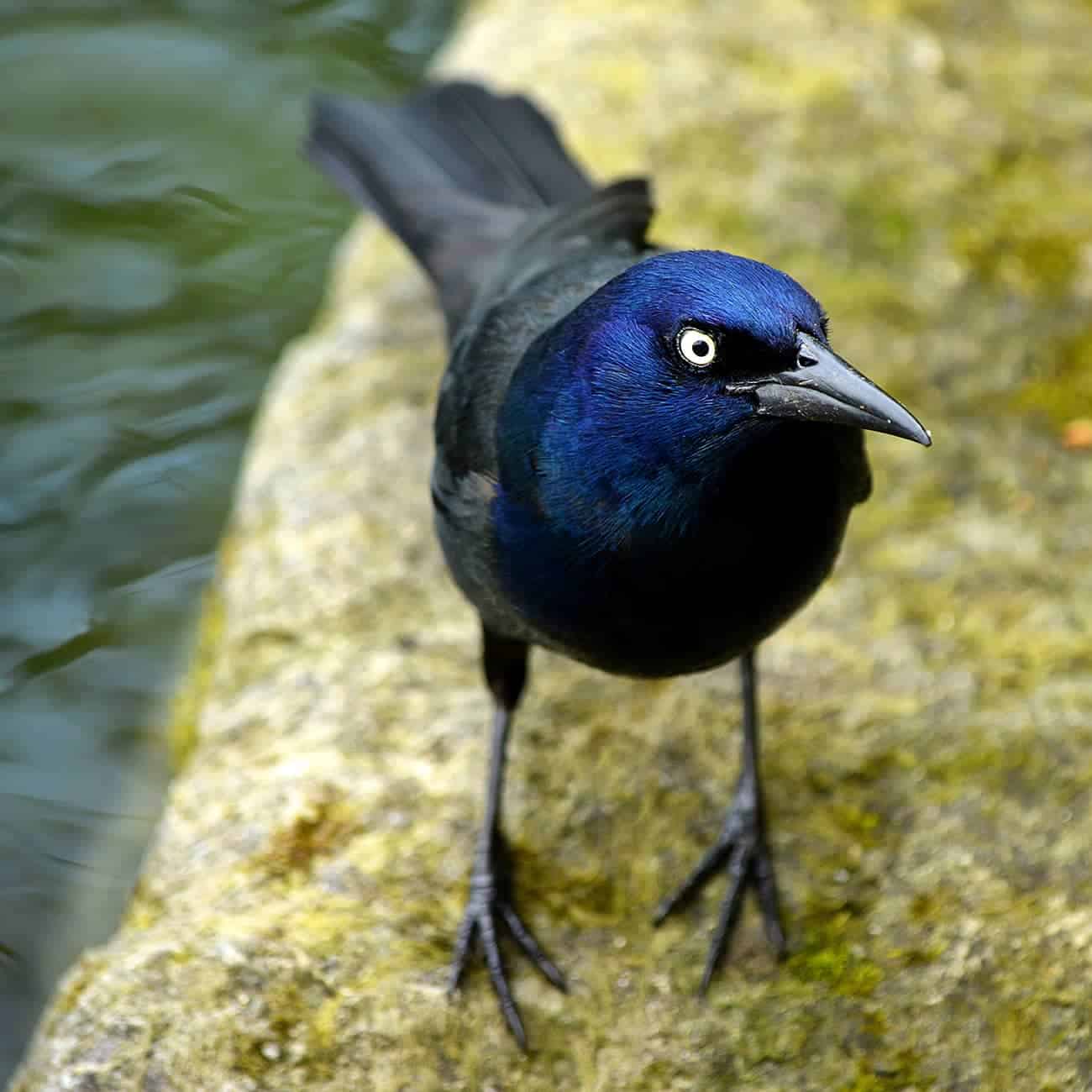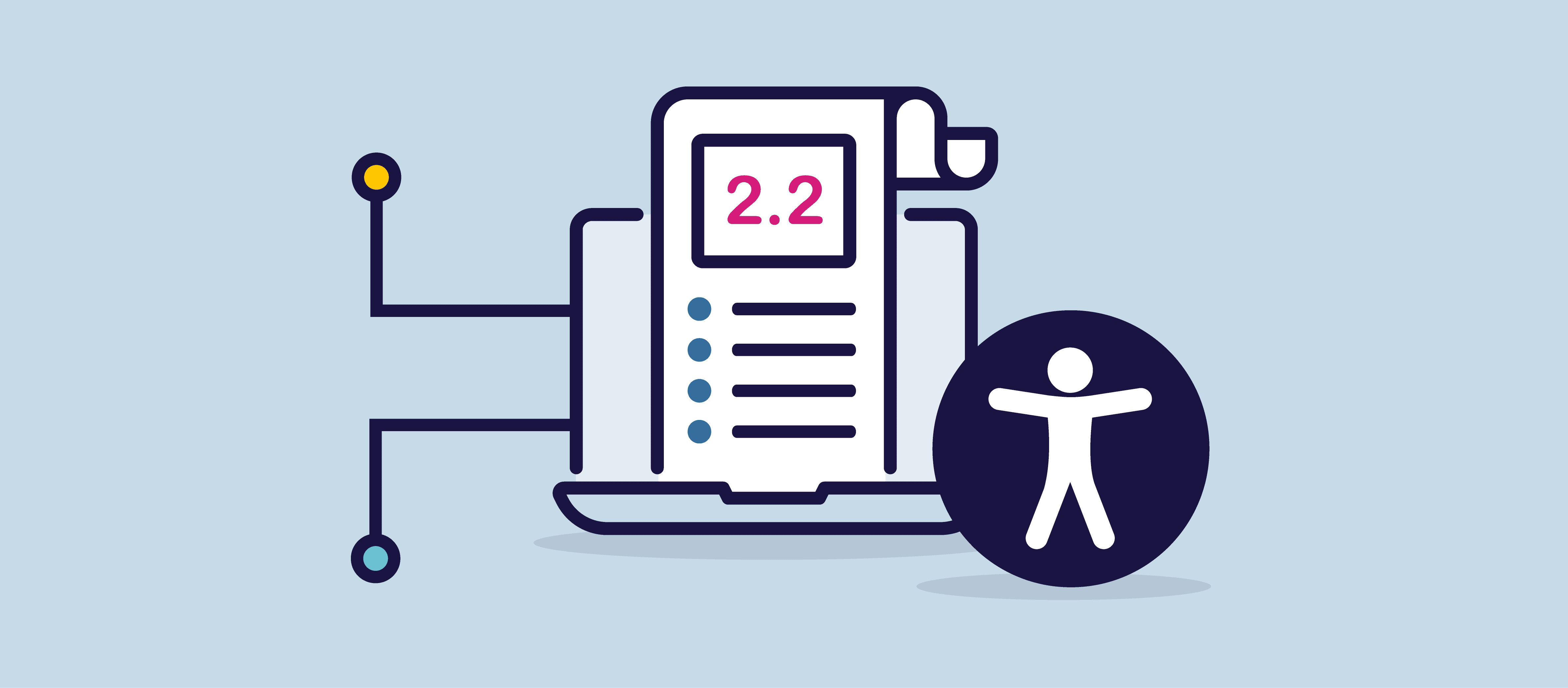The Personal and Societal Value of Inclusive Digital Documents
In the digital era, the promise of AI appears to be limitless. From self-driving cars to predictive analytics, the technological advances powered by artificial intelligence often seem too good to be true. And in some cases, they are – especially when we talk about the creation of accessible documents. Some vendors or enthusiasts might tell you that AI can autonomously create fully accessible content. While it’s tempting to believe, it’s essential to approach such claims with caution.
What Are Accessible Documents?
Before diving into the details, let’s understand what “accessible documents” mean. They are files designed so that people with disabilities can consume the content as efficiently and effectively as anyone else. This includes providing alternative text for images, ensuring readable font sizes and colours, structuring content logically, and much more.
Why Can’t AI Alone Ensure Accessibility?
Nuances in Human Interpretation:
AI, as advanced as it might be, struggles with the nuanced understanding that humans innately possess. For instance, providing meaningful alternative text for an image requires understanding the context and relevance of that image in the document. AI might recognise an image of a person near a tree but might not capture the sentiment or deeper message the image is meant to convey.
Lack of Contextual Understanding:
AI models interpret data based on their training. They lack the inherent human ability to perceive the broader context in which content exists. This means that while AI can identify missing tags or structural elements, it may not recognise whether the document truly offers an inclusive user experience.
Emphasis on Generalisation:
One of the main goals of AI, especially machine learning, is to generalise from the data it’s trained on. But accessibility often requires personalisation based on specific needs. What’s accessible for one person might not be for another
Over-reliance Can Lead to Mistakes
If we solely trust AI to ensure our content’s accessibility, it’s easy to become complacent. This over-reliance can lead to errors that might have been caught by a human review.
The Ideal Approach: AI and Human Collaboration
Instead of viewing AI as the sole solution, we should see it as a valuable tool in the accessibility toolkit. Here’s how the collaboration can work:
- Automated Checks: AI can quickly identify missing tags, incorrect hierarchies, or other structural elements that might affect accessibility.
- Human Review: After an initial AI pass, human experts can review the document, using their nuanced understanding and contextual awareness to ensure true accessibility.
- Iterative Process: AI learns from its mistakes. By combining AI’s capabilities with human feedback, we can refine the process, making each iteration better than the last.
Conclusion
The promise of AI is immense, and there’s no doubt it will play a crucial role in the future of accessible content creation. However, blindly trusting AI to handle the entirety of this task is premature and possibly detrimental. True accessibility is achieved through a combination of technological advancement and human touch, ensuring that everyone, regardless of their abilities, can access and benefit from digital content.


